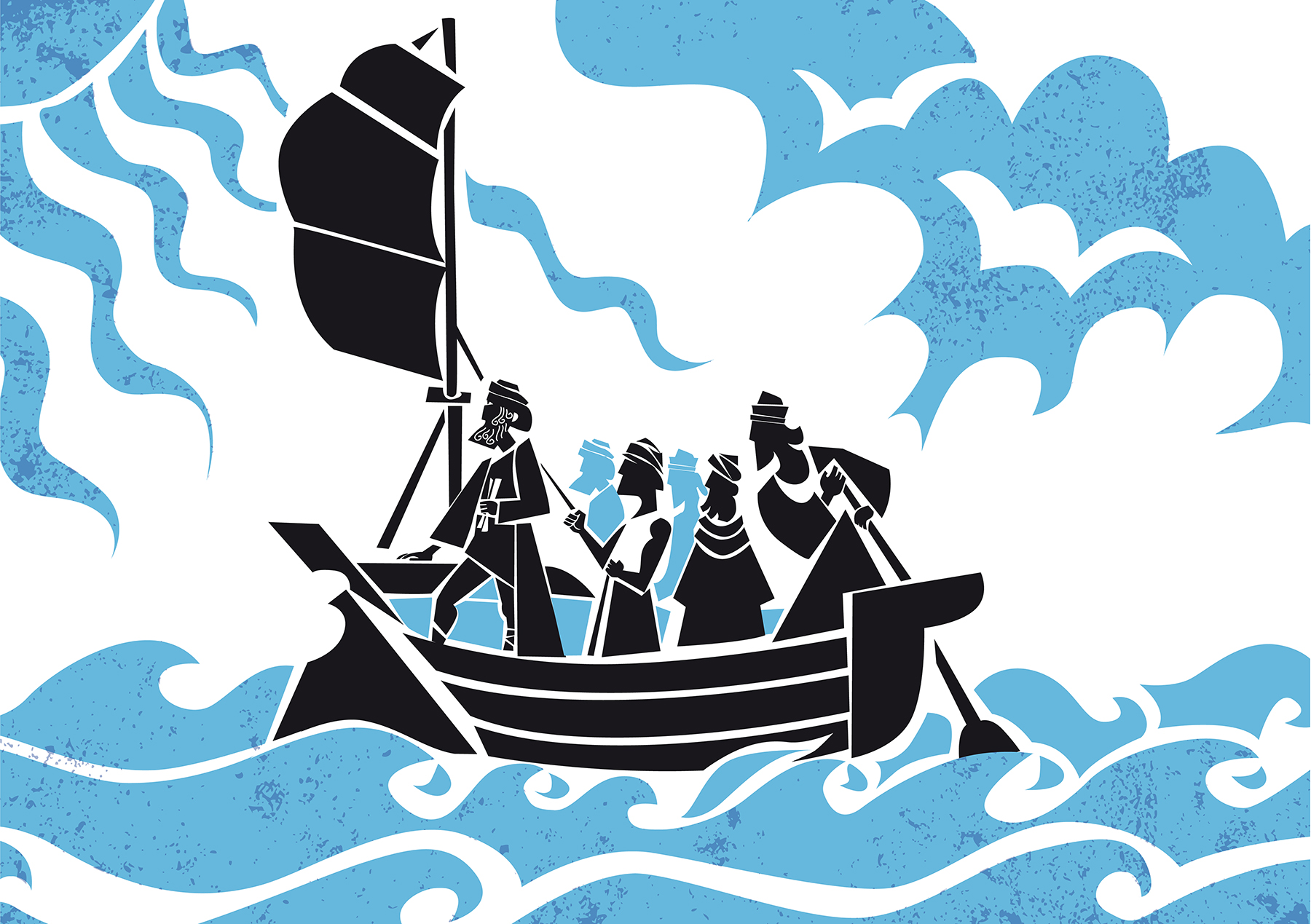Odysseus – the legend revealed
We’re very proud of our name – Astir Odysseus, for it is derived from one of the greatest characters of Greek mythology, the legendary figure of Odysseus.
Meaning a journey of epic scale, today’s word ‘Odyssey’, takes its roots from the Greek philosopher Homer’s epic poem The Odyssey which chronicles the adventures of Odysseus. Also known as Ulysses (the Roman version of the story), Odysseus was the legendary king of the island of Ithaca who defeated the Trojans and then undertook an extraordinary ten-year journey to return to his beloved homeland.
According to Homer, Odysseus’ parents were Laertes and Anticleia. He was married to Penelope and had a son, Telemachus. Often called “Odysseus the Cunning”, he was clever and a master of disguise. It was of course Odysseus who dreamed up the plan of inserting his warriors inside a wooden horse in order to overcome his enemies in the city of Troy.
The dramatic journey home for Odysseus became one of the world’s most powerful stories. He and his legion set sail from Troy aboard twelve ships, but not one would find its way back to Ithaca. The journey was one of deadly clashes, battling extreme weather and magical forces, along with island tribes who populated the Mediterranean in ancient times.
It is a story of magical and terrifying adventures; of coming across strange beings, like ‘Polyphemus’ the giant cyclops; escaping the clutches of ‘Circe the Enchantress’ – a seductive sorceress who turned Odysseus’ crew into pigs. On another island, Telepylos, the cannibalistic Laestrygonians – a tribe of giants, almost devoured him.
Odysseus’s journey was interrupted on the island of Ogygia (also known as Atlantis in ancient Greek). It was there that he spent seven years with the nymph Calypso, who found him unconscious on the beach and promised him immortality in exchange for his love. But it was an offer he eventually declined, preferring again to set out for Ithaca.
With his ships gone, the final episode of Odysseus’ journey began on a raft that he built himself. The land of the Phaeacians (believed to be modern Corfu) was where Odysseus found himself after another terrible storm. He was found exhausted and naked on the shore and led to the Phaeacians palace, where – overcome with grief at hearing songs about the Trojan War war – he broke down in tears. It was then he revealed his identity.
After listening to his ordeals, the Phaeacians gave him their fastest ship loaded with provisions, and bade him good fortune on his way home. And so it was that the hero finally returned to Ithaca. He had been away 20 years.
The story does not end at Ithaca. His arrival at first went unnoticed and disguised as a beggar, Ithaca’s king learned about the approaches made to his wife by more than a hundred other men, and on meeting Penelope, she did not even recognise him.
Hearing the beggar’s stories about Odysseus’s bravery, Penelope gave her suitors a task: She would marry the first man who could string Odysseus’s bow and shoot an arrow through twelve axe-handles. Stringing Odysseus’s bow was not easy; it required not only strength but skill. One by one, each tried his luck but failed. Finally, Odysseus picked up the bow, strung it with ease, and let fly an arrow that pierced all twelve axe-handles in one.
This was not the end of Odysseus’s journey. During his odyssey he had been told that once he regained the crown of Ithaca, he should travel inland holding the oar of a ship, and that when he found a people who did not recognise an oar, this would confirm his destiny.
Years later, with his son Telemachus crowned king, Odysseus left his wife and Ithaca. He wandered for weeks, oar in hand, until one day, far inland, he came across people who had never seen the sea, and who did not know the purpose of an oar. It was there that Odysseus finished his life travels. He took a local princess for his bride and as the saying goes, lived happily ever after.

